Asylum seeker and son reunite, while thousands of other families remain in limbo
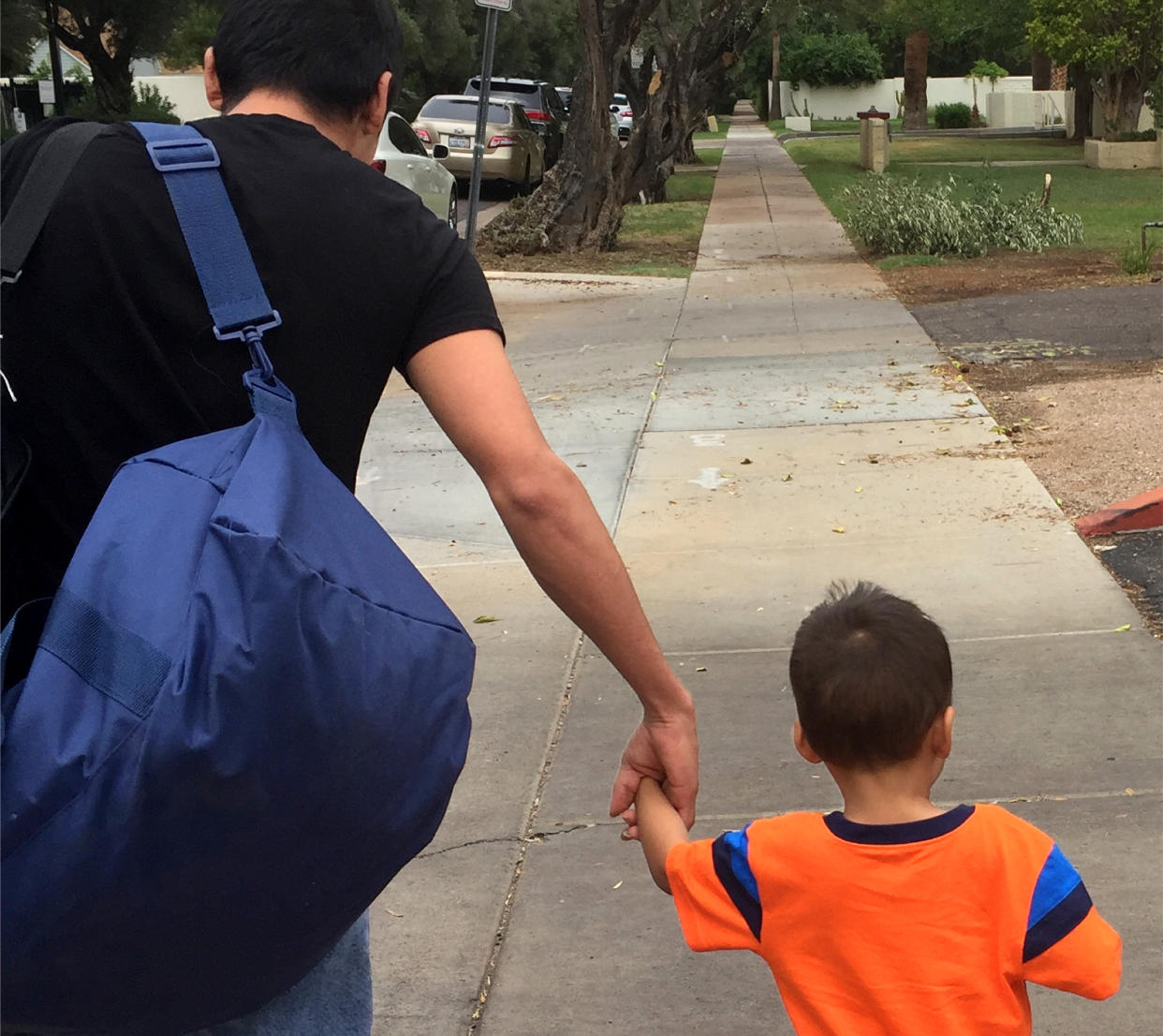
After being detained for nearly three months on opposite ends of the country, Jose A. and his 3-year-old son were finally reunited on Tuesday at the ICE field office in Phoenix, Ariz.
“I thank God I am back with my son,” Jose, who requested that he be identified by his first name only because he is in the process of seeking asylum, said via an attorney following his release. “I haven’t seen him since May 17. It was very difficult to be separated from him for so long.”
The 3-year-old, who is also named Jose, was one of an estimated 34 children under age 5 to be reunited with their parents Tuesday, as the government failed to meet its first court-imposed deadline to reunify approximately 3,000 immigrant families who’ve been separated as a result of the Trump administration’s policies on the southwest border.
Neither Jose nor his son crossed the border illegally.
A native of Honduras, the 27-year-old said he fled home this May after receiving three separate death threats from a group of local drug traffickers who’d killed his uncle and threatened other members of his family. Fearing his young son might also be targeted or in danger if left behind, Jose embarked on the perilous journey north with the 3-year-old in tow. It took about 10 days for them to get from Honduras to the official U.S. port of entry at Hidalgo, Texas, where the elder Jose made a claim for asylum.
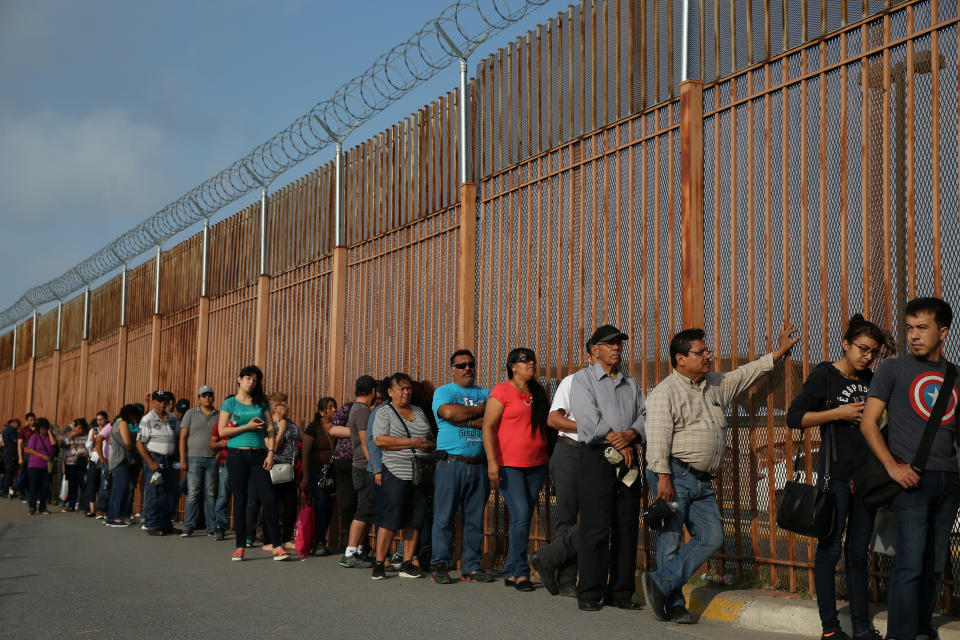
This was the “legitimate” route, the one that Homeland Security Secretary Kirstjen Nielsen repeatedly insisted families seeking asylum should take if they didn’t want to be separated under the administration’s “zero tolerance” policy against illegal border crossers.
“D.H.S. is not separating families legitimately seeking asylum at ports of entry,” Nielsen told members of the White House press corps last month. “If an adult enters at a port of entry and claims asylum, they will not face prosecution for illegal entry. They have not committed a crime by coming to the port of entry.”
And yet, after two nights in an “hielera,” the Customs and Border Protection holding cells known by the Spanish word for “ice box” because of notoriously cold temperatures, border officials inexplicably — and against his pleas to keep them together—separated Jose from his child.
Jose would later discover that his son had been placed in the custody of the Office of Refugee Resettlement and sent to an ORR-funded shelter facility for immigrant children in Arizona. Meanwhile, Jose was taken on a journey from Hidalgo to the ICE detention center in Port Isabel, Texas, to another location near the Rio Grande river and finally to the Stewart Detention Center, a private prison contracted by ICE to house just under 2,000 detained immigrants in rural Georgia, where he would spend the majority of the next two months.
While there, Jose passed what’s called a “credible fear interview,” the first step toward qualifying for asylum. But he couldn’t sleep. All of his thoughts were consumed by his son.
“I would not have come if I knew they were going to separate my child,” Jose told Yahoo News in a phone interview from the Stewart facility last month. “I never thought that they would do that. I think I would’ve rather run the risk in Honduras than have my child be separated from me.”

In detention, Jose said he met other parents who had also been separated from their children at the border.
“We’re not criminals,” he said. “We come here seeking protection, and the psychological toll on the kids and us is very great.”
“The separation is just too much.”
Jose told Yahoo News on June 25 that he was afraid of being permanently separated from his son. The following day, a federal judge in San Diego ordered federal authorities to reunite within 30 days all immigrant families that had been separated as a result of the administration’s southwest border enforcement policies. For children under 5, the judge ordered, reunifications must be completed within 14 days.
Over the next two weeks, without warning, Jose was relocated from Georgia to the ICE detention center in Eloy, Ariz. — part of what ICE officials would later confirm was an effort to move detained parents of children under age 5 closer to their kids to help facilitate reunification. His attorney spent hours on the phone with ICE officers from Georgia to Arizona trying to track him down.
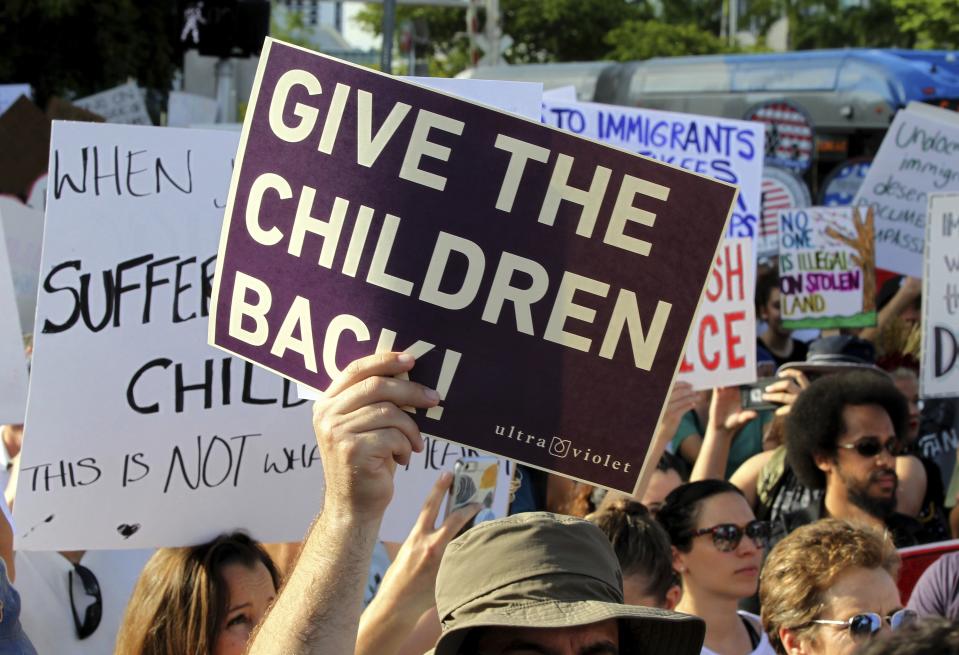
“We didn’t get any advance notice that he was going to be moved to Arizona to be closer to his child or what was going to happen to him or his child once he was there,” said Michelle Lapointe, acting deputy legal director of the Southern Poverty Law Center Immigrant Justice Project. “It wasn’t until early this week that we were able to confirm that [the younger Jose] was part of the 54 children who are going to be reunited with their parents.”
The lack of communication from the government agencies tasked with reunifying the families isn’t the only part of this process that has raised concerns for Lapointe and others. Although government lawyers asserted Monday that just over half of the 102 so-called “tender age” children in its custody would be reunited with their parents by the Judge’s deadline, on Tuesday that number had dwindled even further.
During a call with reporters Tuesday afternoon, Chris Meekins, an official at the U.S. Department of Health and Human Services (HHS), said the number of reunifications expected to take place Tuesday was closer to 34.
“Our process may not be as quick as some would like, but there is no question it is protecting children,” said Meekins, defending the agency’s method of vetting adults prior to reunification, which includes conducting criminal background checks and even DNA testing to verify parental relation to the child.
“Let me be clear, HHS could have transferred every child in HHS care to a parent if we did not take into account child safety,” he said. Meekins told reporters that at least 14 children would not be reunited with the adults claiming to be their parents. Eight of those adults failed criminal background checks, five were found not to be the children’s biological parents, and one has been accused by the child of abuse.
He also provided explanations for HHS’s inability to reunite, at least for now, 13 others, who included a number of parents who are still being held in criminal custody and one currently being treated for a contagious communicable disease.
Another 16 parents have completed criminal background checks, Meekins said, but HHS was “still in the process of verifying parentage.” Several more, of course, have already been deported without their child.
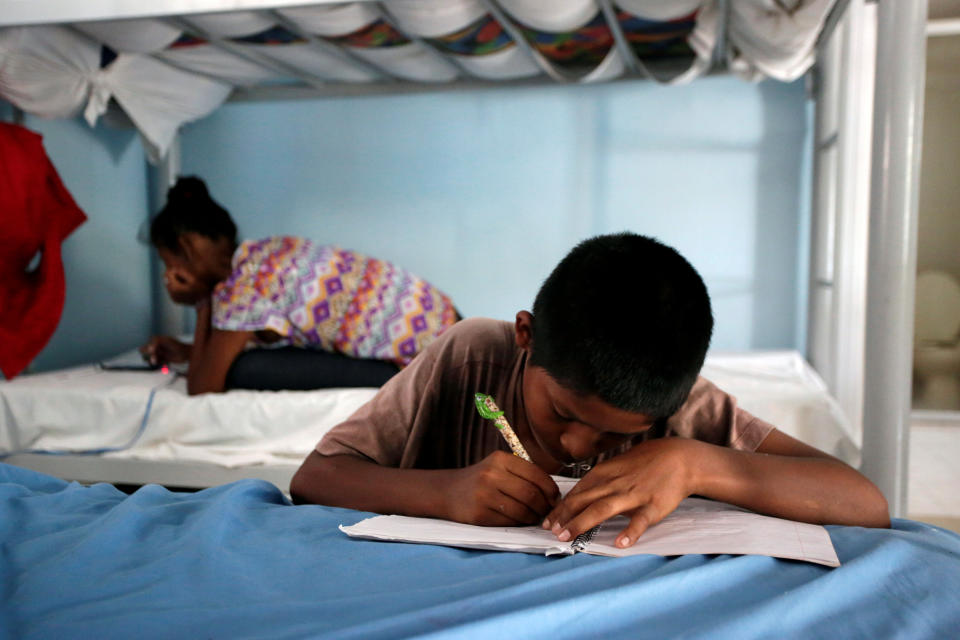
While Meekins was eager to “highlight a few things that would have happened if we had not done thorough vetting,” Lapointe argued that the examples provided by the government Tuesday were “outliers.”
“Of course, everyone wants these children to be safe, and that is exactly what these parents were doing when they brought them here in the first place, was to ensure their safety,” said Lapointe. “This is clearly 100 percent a problem of this administration’s own making. It did not have to be like this if they hadn’t implemented this horrific policy in the first place.”
The Southern Poverty Law Center is offering varying degrees of legal assistance to about 30 detained parents who were separated from their kids at the border. Of them, Jose is the only one with a child under the age of five. Lapointe said that “the majority of parents we’ve spoken to,” including Jose, presented birth certificates and other such forms of evidence to prove their relation to their child when they first encountered immigration agents at the border.
“The fact is that for the vast majority of these [children], it’s pretty clear-cut who the parents are and that they should be reunited under the order,” she said, calling the government’s use of DNA testing “unnecessarily intrusive and a delay tactic.”
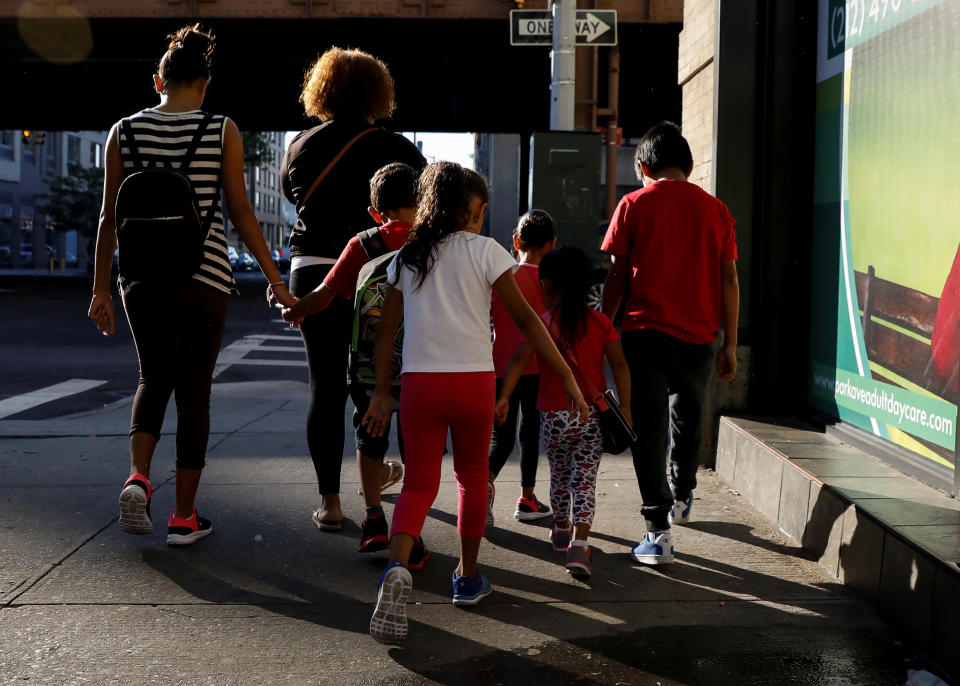
Lapointe said she is particularly concerned about what the government’s failure to meet Tuesday’s deadline will mean for the nearly 3,000 additional children age 5 and over who currently remain in custody.
Jose’s lawyer, Peter Isbister, received the news on Tuesday afternoon that Jose and his son had been reunited. Isbister said the young father had been moved once again late Monday night from the Eloy detention facility to the ICE field office in Phoenix, where he was joined by his son early the next morning. After a few more hours, Jose left the facility with his son’s hand in his, and an electronic tracking device on his ankle. The two made their way to the Greyhound bus station for yet another journey, this time heading east to stay with relatives in Virginia for the duration of Jose’s immigration court proceedings.
“At this point, we’re very happy that he’s released,” said Isbister, adding that “we’re hoping it turns out his child is all right after having been detained and separated for so long [without] his father.”
“We’ve got a long way to go.”
Read more from Yahoo News:


